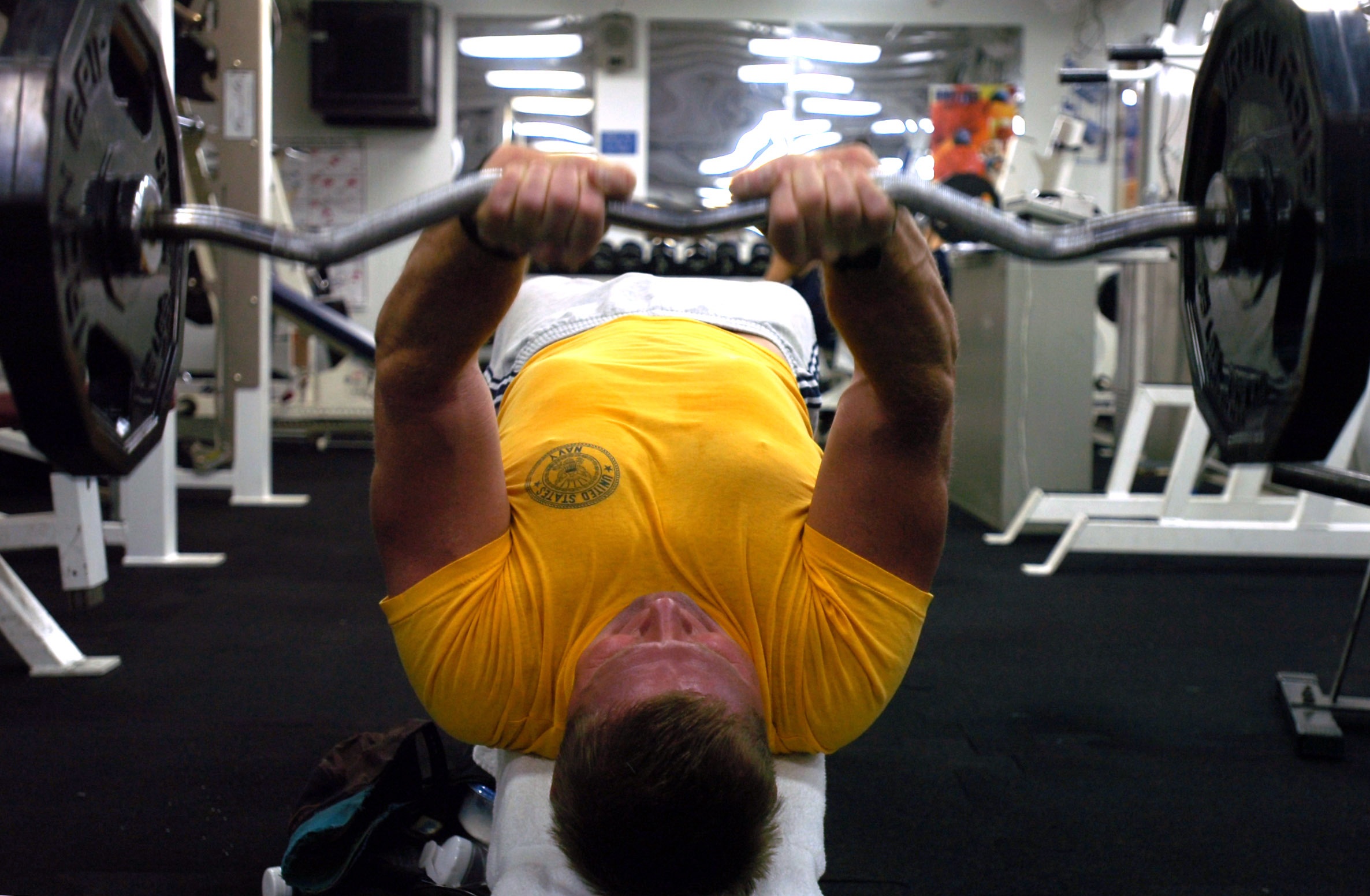The concept of fatigue is an interesting one to read about from a research standpoint. If you exercise or supervise the exercise of others, you are intimately familiar with this. What is interesting, though, is that we don’t know a lot about fatigue from a research standpoint. In an earlier post, I covered a review article by Roger Enoka (see http://wp.me/p1XfMm-3f )on fatigue that pointed out that our lack of advancement of the body of knowledge is due to our clinging to outdated concepts (muscle fiber types, EMG as a measure of fatigue, and the futility or reducing fatigue to a handful of physiological or biomechanical measures).
In the August issue of Medicine and Science in Sports and Exercise, Edward Debold conducts a review article examining fatigue from a molecular standpoint. He begins by reviewing the fact that the physiological theory on fatigue stems from the presence of elevated hydrogen and inorganic phosphate ions that are correlated with the onset of fatigue. To establish this, research on skinned muscle fibers shows that these ions can inhibit the ability to produce force.
Before we get into the review, it’s important to remind the reader on what we think happens during a muscular contraction. Remember, muscles are made up of muscle fibers (the cells of the muscle). If you see striations in a muscle, those are muscle fibers – each runs the length of the muscle. At the most basic level, muscle fibers consist of sarcomeres, which are the functional unit of the muscle. These consist of a number of proteins, the most important of which are actin and myosin. You have many actin, fewer myosin. Each myosin is surrounded by actin. To have a muscular contraction, the myosin must make a connection with actin (called a cross bridge). That connection can only be made in the presence of calcium. The myosin then flexes (which requires ATP to fuel), moving the actin. When this happens on a big enough scale the muscle fiber shortens and you have movement.
With this in mind, the author reviews the molecular biology research that looks at muscular fatigue. He suggests that there are a number of areas where the presence of hydrogen and phosphate ions impact performance:
• Increased hydrogen ions (i.e. acidosis) may slow the velocity of actin’s movement in vitro.
• Increased phosphate ions (a traditional marker of fatigue) may impact force production because it rebinds with myosin, interrupting the flexion movement which ultimately shortens the muscle fiber.
• The presence of ADP (when ATP is broken down for fuel it becomes ADP + P) inhibits myosin function by slowing the velocity of actin’s movement. However, this also seems to cause an increase in isometric force production (in skinned muscle fibers) because ADP preferentially binds to the myosin, meaning there are more cross bridges. In other words, these two effects (velocity and force production) seem to balance themselves out, resulting in little impact.
• Increased hydrogen ions and phosphate ions may reduce the muscle’s sensitivity to calcium, which would impact the ability of the actin and myosin to bind.
This also goes back to the old “lactic acid is evil” argument. In the past we’d say that lactic acid causes fatigue and muscle soreness. Now days we say that it is the acid (i.e. hydrogen ions) that help to cause fatigue and you can see that described above. One of the things that is always unclear with in vitro research is whether or not it accurately represents what is occurring in the human body. When muscle fibers are taken out of the body, put in solution, and studied that way it is always possible that they are behaving differently than if they are in the body and working in conjunction with nerves, the brain, and many other fibers. Clearly, today there isn’t another way to study this but it should always be kept in mind that this kind of research may have limitations. I also don’t know that there’s a lot here for a practitioner to use, after all at the end of the day it doesn’t matter why increased hydrogen/phosphate ions impact performance – the important thing is going to be that performance declines.
Debold, E.P. (2012). Recent insights into the molecular basis of muscular fatigue. Medicine and Science in Sports and Exercise, 44(8): 1440-1452.
Enoka, R.M. (2012). Muscle fatigue – from motor units to clinical symptoms. Journal of Biomechanics, 45: 427-433.



